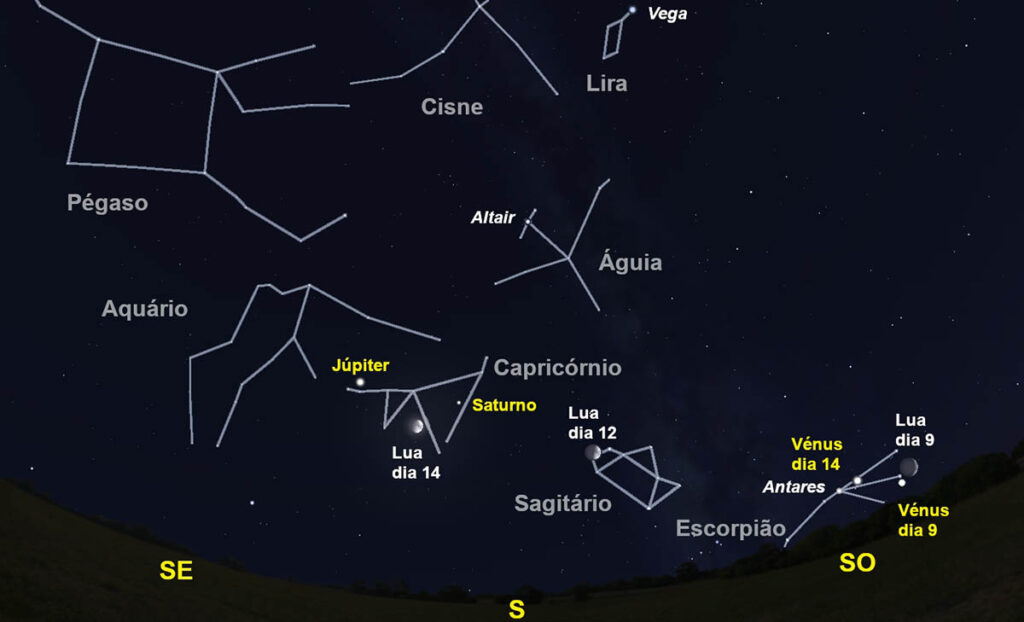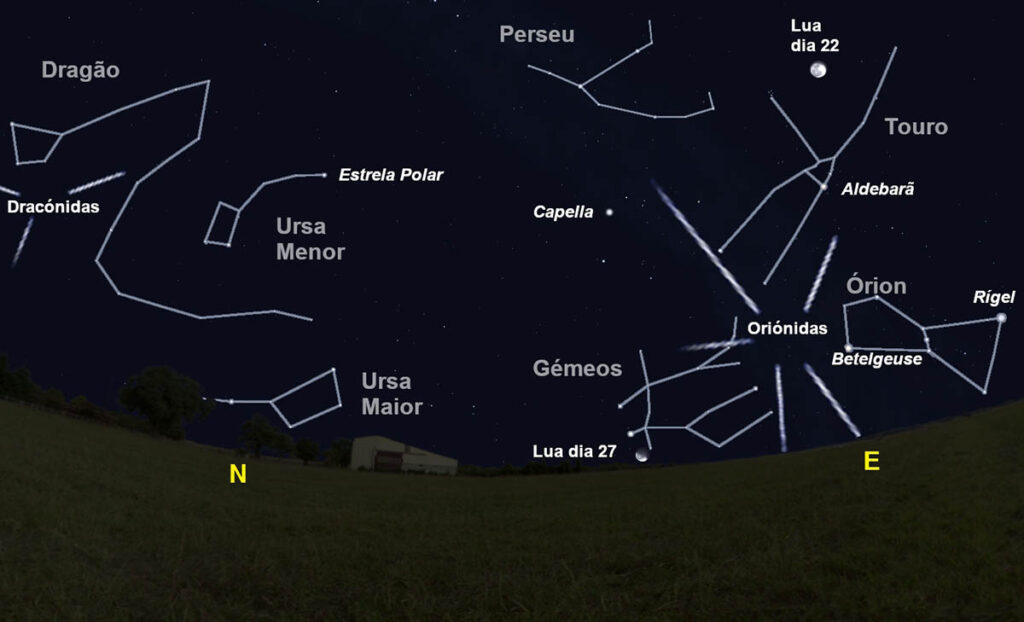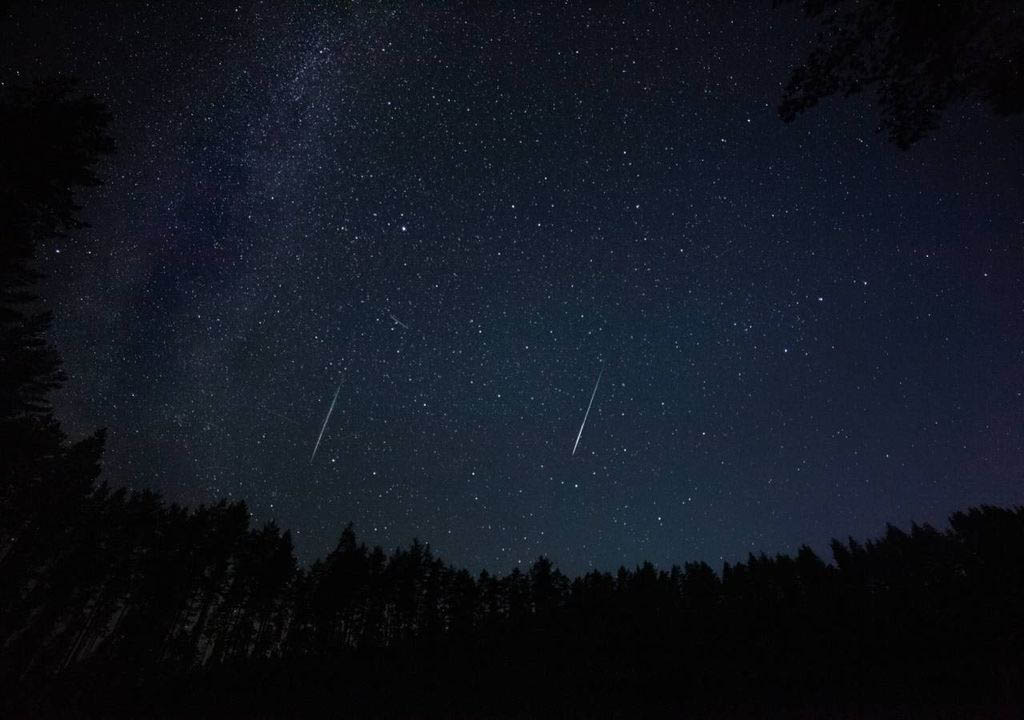This month of astronomical events has a relatively slow start, with the 6th New Moon being the first relevant ephemeris. But since this lunar phase occurs when the Moon is facing the Sun, it is impossible for us to observe it.
Mars is another star that, these days, is in the direction of the Sun. But while the Moon is visible (albeit with great difficulty) one day after the New Moon, if we want to observe Mars, we will have to wait until the last week of the month.
On the 8th there will be the peak of activity of the rain of Draconic stars, small rocks and dust that the comet Giacobini-Zinner lost along its journey through the Solar System. This is a weak event that doesn't allow you to observe more than a dozen meteors per hour.
At the beginning of the night of the 9th, we will witness the setting of the moon next to the planet Venus.

At dawn on the 13th, the crescent quarter in the constellation Sagittarius will take place. On the 14th, the Moon will have moved towards Saturn and, a day later, will be seen to the left of Jupiter. These planets are currently found in the constellation Capricorn.
The Full Moon will be on the 20th in the constellation of Pisces. One day later. the peak of activity of the Orionid star shower takes place. However, as it happens so close to the Full Moon, at each hour we should not have more than a fortnight of these remains of Halley's Comet.
Throughout the month, we will be able to see how the famous Summer Triangle, consisting of the stars Altair (the tail of the constellation of the Eagle), Deneb (the tail of the constellation of the Swan) and Vega (the constellation of the Lyre), appear to us. lower and lower in the sky.

At dawn on the 25th, the planet Mercury will reach its greatest elongation (distance from the Sun's direction) to the west.
On the night of the 28th, the waning quarter arrives. The following day will be the 30th anniversary of the passage of the North American probe Galileo (which was destined for the planet Jupiter) over the asteroid Gaspra. So it was possible to get to know this rocky asteroid a little better.
On this same day 29, the planet Venus will reach its greatest elongation to the east. This ephemeris takes place on the eve of the 40th anniversary of the launch of the Soviet Venera 13 spacecraft bound for Venus. This probe was made up of an orbital module and a landing module, which survived for about two hours on the harsh Venusian surface, making it the first probe to record the sounds of a planet other than Earth.
On the last Sunday of October, which this year coincides with the last day of the month, we go back to winter time. Thus, at two o'clock in the morning (continental time) on the 31st, we must set our clocks back one hour.
Good remarks!
Author Fernando JG Pinheiro is a researcher at the Department of Physics at the Faculty of Science and Technology at the University of Coimbra and at CITEUC – Center for Research on Earth and Space at the University of Coimbra.
His fields of expertise include Astrophysics, Geomagnetism and Space Meteorology.
In addition to his work as a researcher, he has already worked on the governing bodies of the Portuguese Society, and coordinated the Solar System Science group at CITEUC.
Fernando Pinheiro is also a regular contributor to scientific dissemination activities.





















Comments